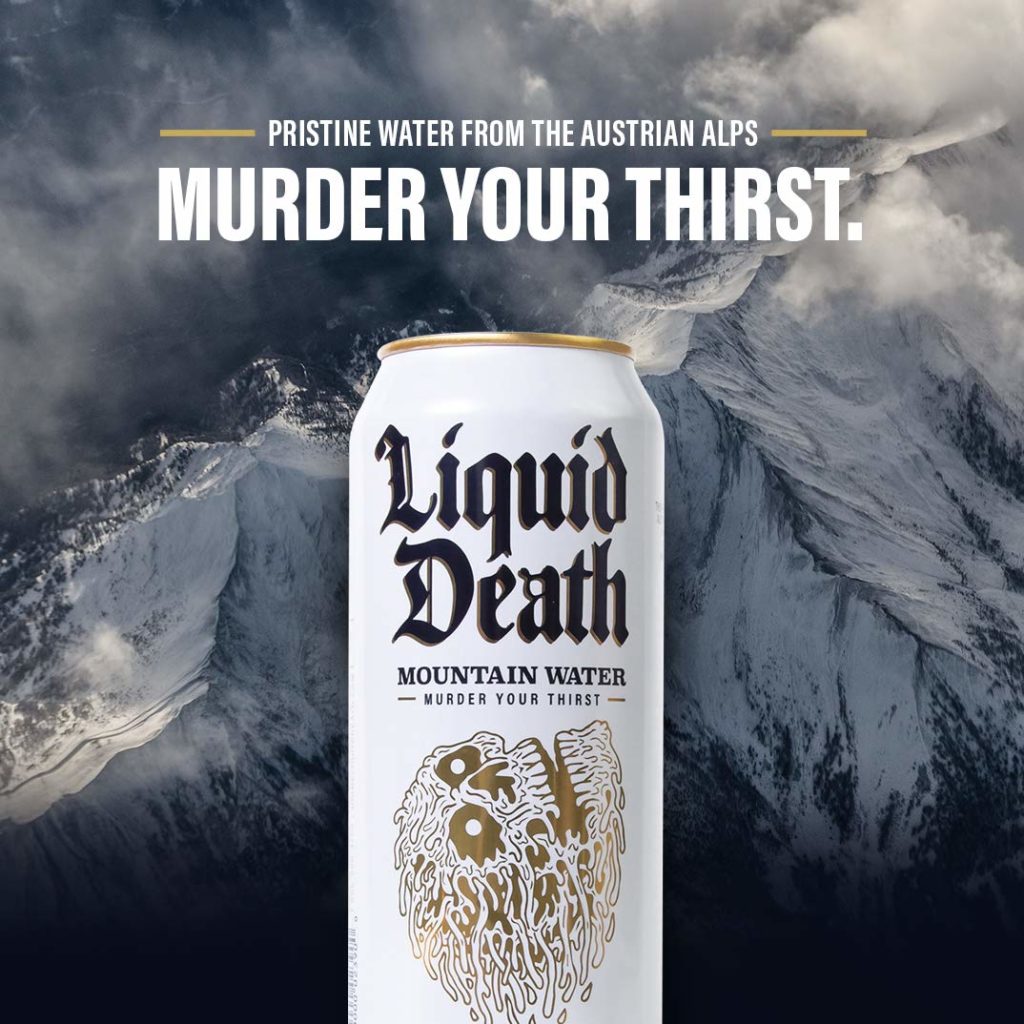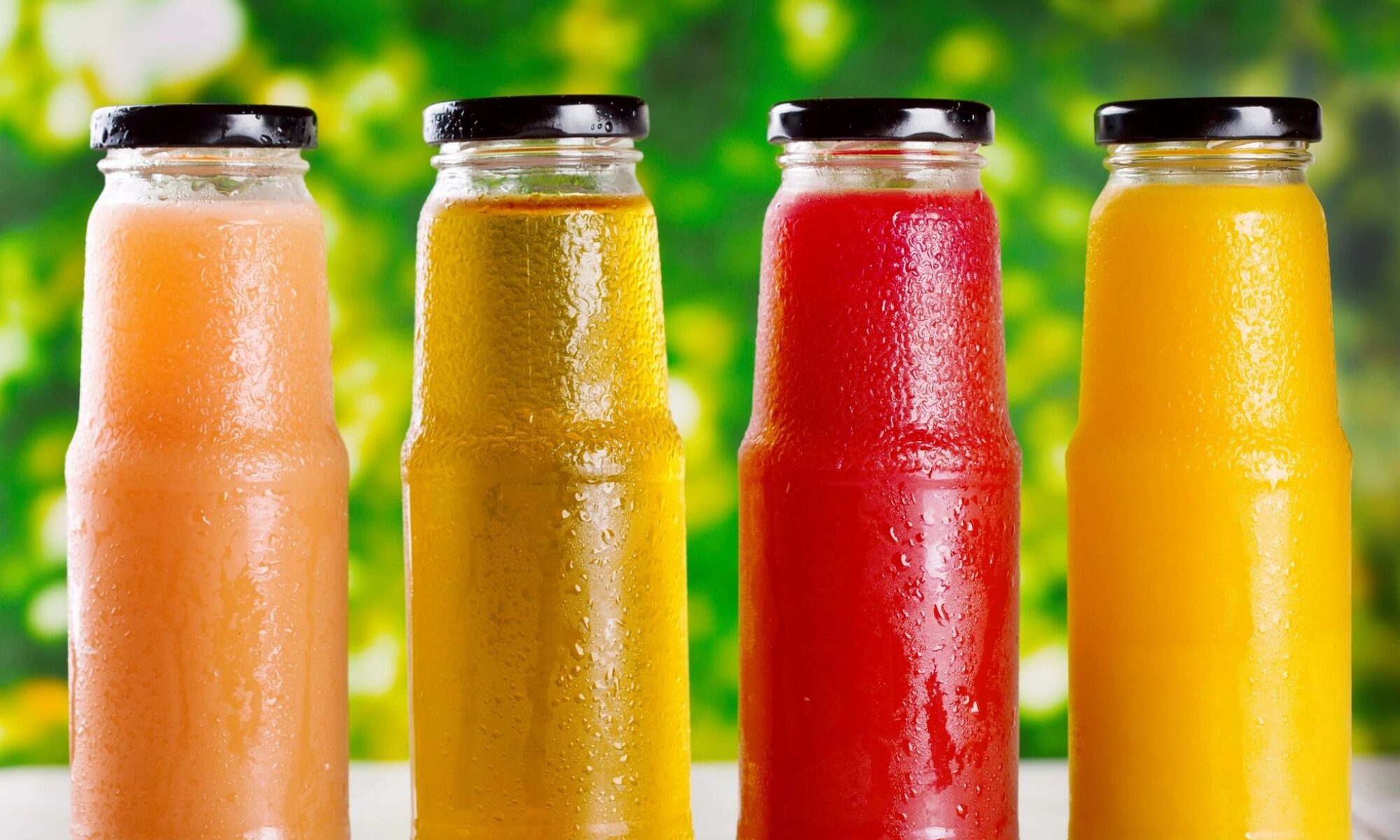
The Approach Liquid Death Took Developing a Bottled Water
Developing a product is usually a painstaking, long process that often sparks from a single great idea. Nowadays, it’s the marketing that makes or breaks a product, so many brands opt to create their products to stand out right from the start. This approach helps the marketing department and makes it much easier to capture the attention of consumers.
Creating a product this way has plenty of upsides, although it might present some challenges as well. However, brands that aim to disrupt the industry seem to think the risks are worth it. Recently the beverage industry has had the perfect example of this unusual approach: a brand that created bottled water with a sense of humor and an edge to it. Let’s have a closer look at the approach Liquid Death took developing bottled water:
The Idea of Liquid Death
The minds behind the brand, namely Mike Cessario, a former ad agency creative director, had a simple idea: disrupt the bottled water market. Current marketing clichés in the industry all revolve around being healthy, happy, and almost zen-like. To glean this trend, it’s enough to take a look at bottled water ads full of flowers and wholesomeness.
Cessario, on the other hand, doesn’t think that consumers need reminding that water is right for them. Once this staple of the bottled water industry is taken off the table, what remains is the freedom to experiment, as Liquid Death can exemplify.
Humorous Approach
The idea of offering something different and perhaps polarizing was the first step towards developing Liquid Death. Between different options, the brand chose a humorous approach that consumers are either going to love or just do not understand. However, Cessario and the rest of the team behind Liquid Death were alright with this, as long as a sufficient part of the consumer base understood their brand message.
Liquid Death was targeted from the start, at the audiences who enjoy a tongue-in-cheek approach and some edginess — so the brand adjusted its copy, packaging, and visuals to stay consistent with their vision for the product.
Unconventional Branding Choices
To follow through with the idea, they made everything about Liquid Death eccentric, starting with the packaging. Even though it is bottled water, Liquid Death comes in a 16.9 oz. Tallboy can that makes it feel like a craft beer or an energy drink. It was done on purpose, to fit with the type of unhealthy brand marketing which is more similar to energy drinks and soda. However, the can packaging has another significant upside: it’s much more sustainable than plastic, which is undoubtedly going to attract more ecologically-aware consumers.
The water’s tagline is “Murder Your Thirst,” and this edgy call to action couples with a gothic-looking font for Liquid Death, as well as a depiction of a skull on the can. Appearance-wise, it shares no similarities with bottled water — which is why many consumers who are tired of the “water is a girly drink for yoga moms” cliché notice and appreciates Liquid Death.
Making It Happen
The fundraising campaign for Liquid Death started on Indiegogo in 2017 and went mostly unnoticed until it got its satirical announcement video that drove the point home with the audience. The video announced water as the “most deadly drink on earth,” and not what marketing executives have been turning it into. It created a lot of buzz online — enough to get the project off the ground despite an ultimately unsuccessful campaign.
The main thing the brand took away from their video announcement effort is that they were successful in causing polarizing reactions. There had been initial disbelief of the audiences who doubted the product was real. Cessario saw it as a good sign, and eventually, the viewers started to appreciate the brand’s unusual approach to the bottled water market.
This initial success helped the company find a partner in Science Inc., an early stage CPG investor, as well as attract notable advisors and investors, like Alex Bogusky and Gary Vaynerchuck.
Retail Launch Strategy
In preparation for its launch, the brand honed its approach and embraced its target audience — mainly fans of heavy metal, and younger generations who traditionally respond well to anything out of the ordinary and unique. To start with, they made the product available as a 12-pack on their website and also on Amazon. It priced at $19.99 for a one-time purchase or $17.99 with a subscription. They also partnered with bars, venues, and tattoo parlors in Philadelphia and Los Angeles to distribute single 16.9 oz. Tallboy cans with a price tag of $1.80.
The strategy is to expand in ways that make sense for the brand and find places where it will be easier for it to reach the people that will respond well to the brand’s unique approach to bottled water.
Just a Marketing Gimmick?
The critics of this approach state that a marketing gimmick is driving Liquid Death water, and that it will be difficult to scale a brand after its novelty wears off. While there may be a risk of decreased consumer attention after a while, it’s still possible for the brand to thrive if they take it slowly.
According to Mike Cessario, everything is a marketing gimmick nowadays — but that doesn’t mean that there isn’t a good product underneath all the clever marketing. And Liquid Death also boasts quality that can rival any other premium water on the market, as naturally alkaline mountain water that one can efficiently murder their thirst with.
Key Takeaways
Taking a different approach to developing a product might be enough to disrupt the entire industry and subvert the expectations of consumers in a very satisfying way. As marketing evolves, staying on top of fresh industry insights is more important than ever for successful food and beverage entrepreneurship. The people behind Liquid Death took their knowledge of the industry and turned it into a product that creates its place in the market, proving that an unconventional approach may pay off.
Everyone knows that big food and big drink are losing market share to small, local, and craft brands. And big brands have been appropriating the small/craft look and feel for years now trying to fit in. But when McDonalds has “artisan sandwiches” and uses the tired farmers market design clichés, it means the traditional small/craft approach is no longer effective at communicating “small”. Nowadays you never know which brand is really local/small and which are made in giant factories. So in 2019, to instantly communicate that you are small, you need to do and say things that big brands would never do.

One Reply to “The Approach Liquid Death Took Developing a Bottled Water”
Comments are closed.